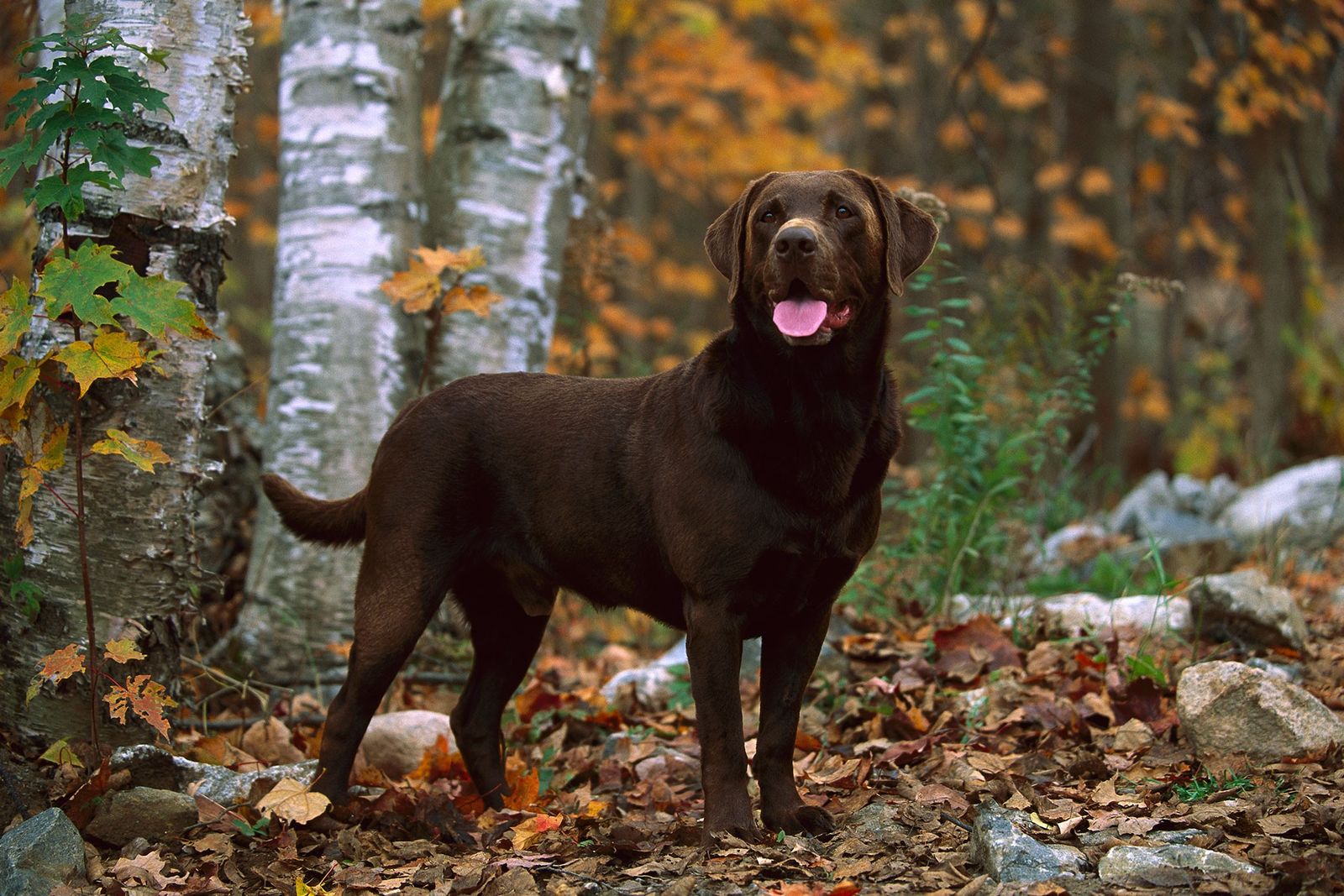
Some experts claim that animals instinctively eat certain plants based on their medicinal properties — as long as there are several to choose from. Unfortunately, we tend to choose plants based on their beauty, rather than their edibility. When a pet is limited to only landscaping or household plants, this can cause more than just a stomachache. If you give your pet the choice of plants, it can treat themselves and there will be no side effects.
You can create a cat or dog healing garden on any surface, whether it’s a big yard, a four-foot-square-foot plot or even a window sill. These plants are easy to grow, and they’re also inexpensive. Many of these plants can also be used as natural remedies by you and your loved ones.
Here are some tips to earn yourself an honorary “green thumb”.
The burdock plant is ideal for an outdoor garden. Burdock, a medicinal herb used around the world for centuries to treat kidney and digestion problems and allergies, is well-known. Burdock grows best in rich soil, but don’t let it grow to large. It will quickly take over the entire garden.
The milk thistle is not in high demand, despite its benefits for liver problems. This plant can grow in either dry or wet soil and in sunny or partially sunny conditions. Remove the flower heads, however, to keep it from growing too much.
Another easy herb to grow is peppermint. You only need to buy it at the shop, place it on moist, rich soil, and that’s all. The leaves of peppermint, a plant that grows well both in the sun and the shade, are useful to your pet for nausea and indigestion. Don’t forget, to promote healthy growth, to regularly trim the springs.
Astragalus is also useful in lowering blood glucose, and improving digestion and healing. Before planting the Astragalus seeds in sandy soil, it is necessary to scratch them.
Garlic is also a known immune booster. It is possible to start garlic grass indoors or outdoors from the bulb purchased at your grocery store. Simply push them under the soil with their pointed sides up. Garlic cloves, when eaten in excess, will make your cat and dog sick. The clove of garlic should never be fed to your cat. However, the grass it grows can be nibbled when your cat needs.
Rosemary is another immunity booster that is perfect for indoor gardening, provided it’s trimmed on a regular basis. It is hardy and one of the most resilient perennials. However, it can suffer from root rot when overwatered. It is important to maintain the balance of soil.
What pet-friendly yard would be complete without any grass? You can find wheat berries and barley seeds at your local health store. They will germinate well in rich soil. Cover the pot in plastic and place it somewhere dim until the seeds sprout. Then, you can move the pot to a spot that is sunny and within your pet’s reach. You can also start another grass pot. This will ensure your pet has fresh supplies at all times. Set aside an area of grass in your outdoor garden for only your pet and cats.
As they grow, many of these plants produce beautiful flowers that can be a wonderful addition to any home. If you want them to grow longer, remove their flower heads before they turn to seeds. This signals the plant to stop growing.
It is also not necessary to group herbs according to their type. Some plants grow well together while others require regular pruning or deflowered to keep them from overtaking the garden. Keep the herb in its pot or container when you place it on the windowill, in the soil or in the garden. This will inhibit the growth of the herbs.
You will either need to use a grow light or an indirect window with bright sunlight if you plan to grow the herbs inside. Even indoor plants can be susceptible to pests. Spray your plant’s leaves with water-soap mixture or with chemical sprays that are labeled as safe for edible plants. The fertilizer must be labeled edible and non-toxic.